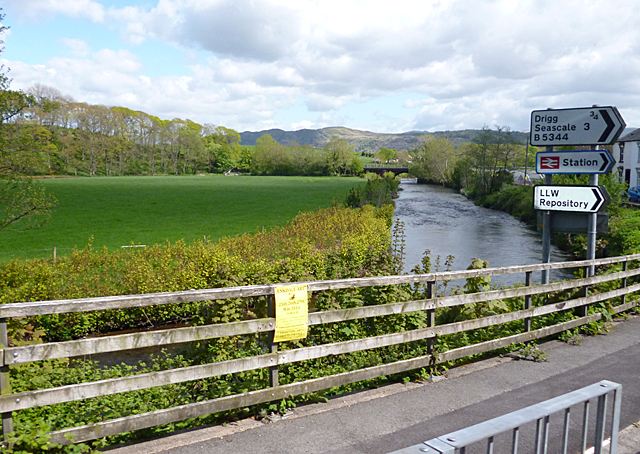South West Lakes Management Catchment
Operational catchments
There are 3 operational catchments in this management catchment.
Filter map layers
Data
Protected Areas
Catchment Partnerships Pages
To view the catchment partnership pages switch to the river basin management plan
About
The South West Lakes catchment has short rivers rising in the western Lakeland fells that flow quickly down to the Irish Sea. Much of the catchment lies within the Lake District National Park, with several lakes including Englands deepest, Wastwater, and one of the most remote, Ennerdale Water. The rural landscape is dominated by sheep and beef farming with some dairy farms, and managed forestry in the upper catchments. The main town are Whitehaven in the north and Barrow-in-Furness in the south. There has been significant industrial development including nuclear installations at Sellafield and Drigg, nuclear submarine construction at Barrow-in-Furness and, more recently, Europes largest off-shore wind farm; further development in the nuclear industry is highly likely. The catchment includes the principal aquifer in the Barrow-in-Furness area, which is exploited for public water supply, with further public water supplies provided by Ennerdale, Wastwater, the River Duddon and reservoirs at Poaka Beck and Harlock amongst others. There is also a healthy tourist industry both within the national park in places such as Wasdale, Eskdale and Ennerdale and beyond its boundary in coastal sites such as St Bees and Ravenglass. There are several conservation designations including Special Areas of Conservation on the River Ehen, Wastwater and at Drigg, and multiple bathing water and shellfish water sites all along the coast. There are a range of species in the catchment including the rare freshwater mussel on the River Ehen, Atlantic salmon, Sea trout and important habitats such as salt marsh and mosses.
